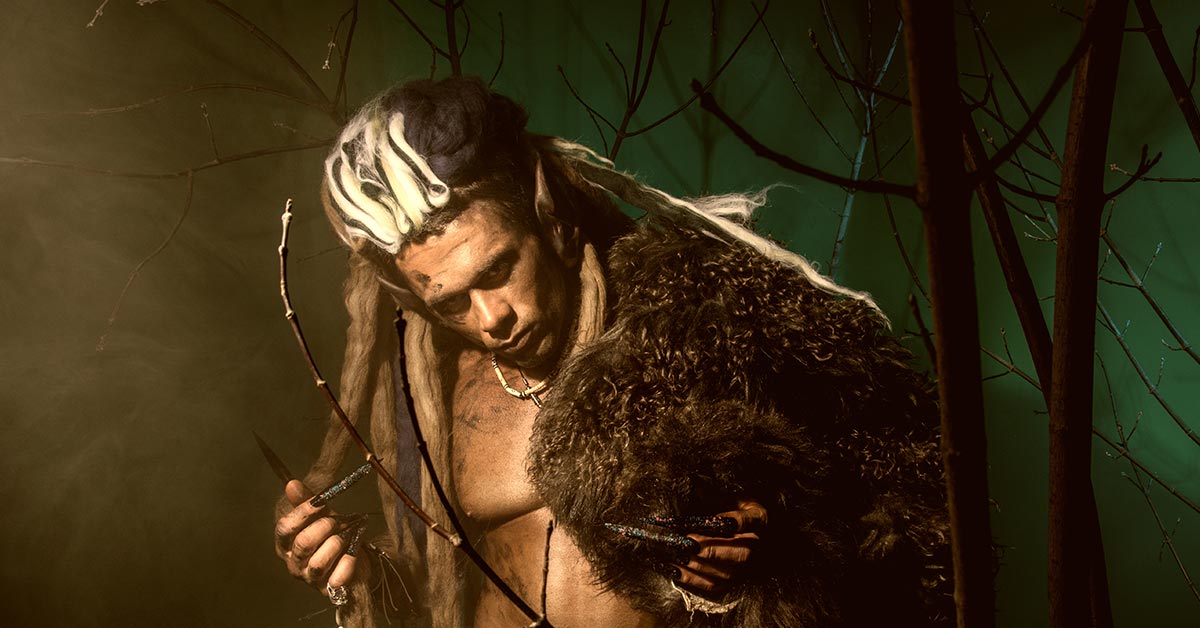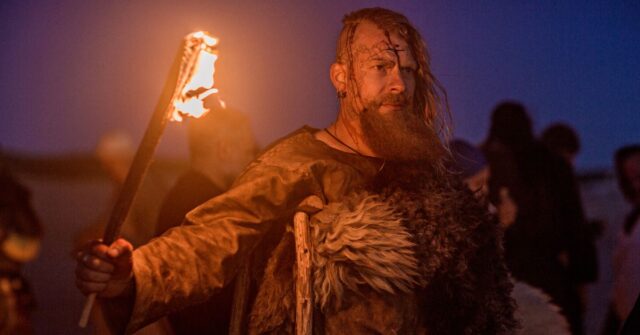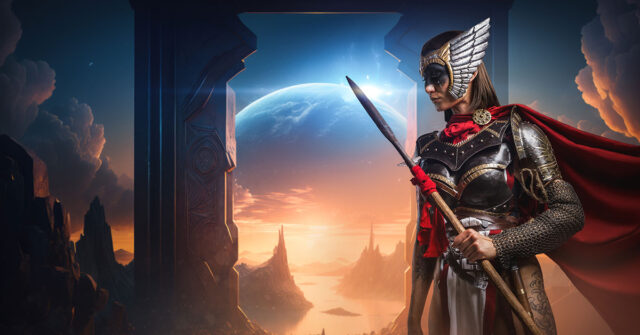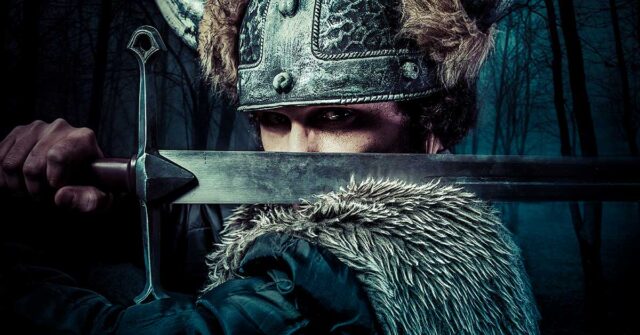When picturing a Viking, you might imagine a fearsome warrior with a helmet (without horns, contrary to popular belief) and a mane of wild hair.
But did some of these Norse adventurers sport dreadlocks? It’s time to comb through the strands of history and discover what lies beneath the surface of Viking hairstyles.
Introduction
Embarking on a journey back to the Viking Age, we unravel a world where hairstyles held significance beyond mere fashion.
It was a time when the cold Northern winds met the warmth of human civilization, and every aspect of life, including personal grooming, carried weight in society.
Exploring the Viking Age
The Viking Age, roughly from the late 8th to the early 11th century, was marked by exploration, raiding, and trading by Norsemen.
It was an era of legends, but also one grounded in the everyday lives of its people, including their distinctive styles of dress and grooming.


Understanding Hairstyles in History
Throughout history, hairstyles have often been loaded with cultural, social, and even political significance. They can signify one’s status, role, or beliefs within a community.
With Vikings, whose culture spread across various regions, the story of their hair could reveal more than we imagine.
The Historical Evidence on Viking Hairstyles
To untangle the history of Viking hairstyles, we dive into archaeological finds, ancient texts, and artistic depictions. Each of these sources offers a glimpse into the past, revealing the Vikings’ grooming habits.
Archaeological Discoveries
While no Viking-era combs have been found with strands of dreadlocked hair, several have been unearthed alongside razors, scissors, and tweezers.
This suggests that grooming was a part of Viking life, but it doesn’t confirm the presence of dreadlocks.
Written Records and Sagas
Norse sagas, written centuries after the Viking Age, describe warriors with “manes” of hair. While some interpretations hint at dreadlocks, the poetic language leaves room for speculation.
Artistic Depictions
Stone carvings and statuettes from the Viking Age depict figures with various hairstyles, including what some speculate could be dreadlocks.
However, the abstract nature of these artworks leaves their true hairstyles open to interpretation.
What Are Dreadlocks?
Before diving further, let’s clarify what dreadlocks are.
Originating thousands of years ago, dreadlocks can be found in various cultures worldwide, formed by allowing hair to matt over time or through active twisting and rolling.
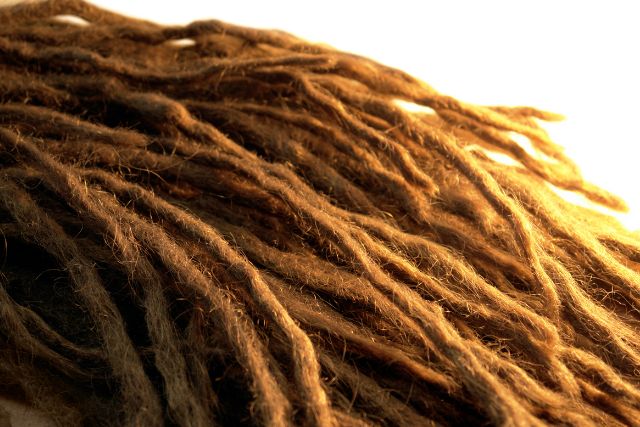

The Origin and Cultural Significance of Dreadlocks
Dreadlocks carry deep meanings across different cultures, from spiritual significance in Hinduism and Rastafarianism to a symbol of rebellion in modern subcultures.
For example, to Rastafarians, dreadlocks are a sign of their African identity and a religious vow of their separation from Babylon. Dreadlocks represent peace, freedom, and non-violence.
Their global presence underscores the diversity of human expression.
How Dreadlocks Are Formed
Forming dreadlocks is a process that can take several methods, including backcombing, twisting, or simply neglecting to comb hair. Over time, hair entangles and mats, forming locks that can last a lifetime.
Connecting Vikings to Dreadlocks
The leap from Viking hairstyles to dreadlocks involves crossing a bridge of speculation and historical detective work. Did Vikings, with their grooming tools, ever choose to let their hair lock?
Evidence of Dreadlocks in Norse Culture
Direct evidence of Vikings wearing dreadlocks is scarce. The sagas and artifacts don’t conclusively point to the practice.
However, the possibility remains that some Vikings, especially those who traveled and integrated with other cultures, might have adopted similar styles.
Comparative Analysis With Other Cultures
When comparing Viking grooming habits with other cultures known for dreadlocks, it’s crucial to consider the vast differences in climate, social structures, and cultural practices.
While dreadlocks appear in various cultures, each has its own reasons and methods for their adoption.
Myth vs. Reality
The image of a dreadlocked Viking might stem more from modern interpretations and fantasy than historical reality.
Yet, exploring these portrayals can shed light on how our perceptions of the past are shaped.
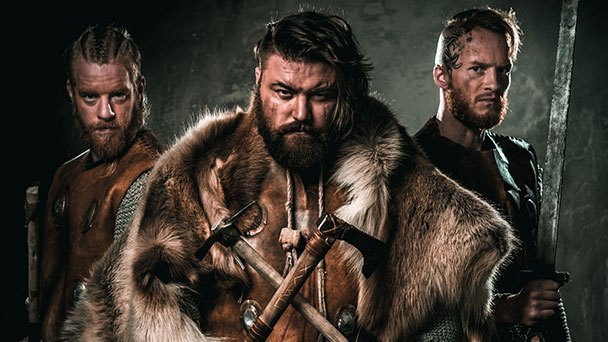

Popular Media Representation of Vikings
Television and films often take creative liberties with historical accuracy, including Viking aesthetics. While these depictions can influence our views, they’re not always faithful to historical evidence.
Academic Perspectives and Recent Studies
Recent scholarly work suggests Vikings cared about their appearance, using combs and grooming tools, but stopped short of confirming dreadlocks.
These studies emphasize the need for careful interpretation of the evidence.
The Role of Hairstyles in Viking Society
Hairstyles in Viking society were likely more than just personal choice; they could signify social status, marital status, or even profession. Understanding these nuances is key to grasping the full picture.
Hairstyles and Social Status
For Vikings, hair might have denoted one’s role or rank within society. Warriors, traders, and chieftains likely wore distinct styles to display their status and identity.
Hairstyles, Hygiene, and Practicality
Contrary to the “barbarian” stereotype, Vikings valued cleanliness. Grooming tools found in burial sites attest to a culture that took pride in personal appearance, including hair care.
Ritualistic and Ceremonial Uses
Hair also had spiritual and ritual significance, with certain styles possibly reserved for religious ceremonies or significant life events.
This aspect, while less documented, offers a fascinating glimpse into Viking belief systems.
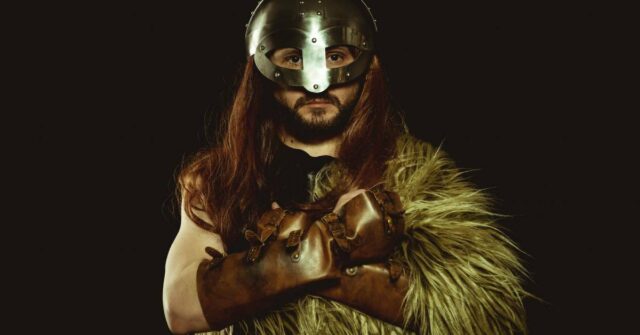

Scientific Insights
Modern scientific techniques, such as DNA analysis, offer new ways to understand the Vikings.
By examining ancient remains, researchers can uncover details about the Viking way of life, including aspects of their grooming habits.
Genetic Studies on Viking Remains
Recent genetic studies have begun to unravel the ancestry and migrations of the Vikings, though they have yet to provide direct insights into hairstyles.
These findings, however, enrich our understanding of Viking society.
The Science of Hair Preservation in Archaeology
Preserving hair over centuries is rare, making it difficult to find direct evidence of Viking hairstyles.
The conditions required for such preservation are specific and uncommon, adding a layer of complexity to the investigation.
Contemporary Relevance
The fascination with Vikings extends into contemporary culture, influencing fashion, media, and even hairstyles.
This modern interpretation keeps the Viking spirit alive, though it may diverge from historical accuracy.
Modern Adaptations of Viking Hairstyles
Today, the “Viking look” has been embraced by many as a symbol of strength and adventure.
While modern renditions of Viking hairstyles may not be historically accurate, they reflect the enduring legacy of the Norsemen.
Dreadlocks Today: A Cultural Exchange
Dreadlocks continue to hold significance in various cultures, embodying a rich tapestry of meanings.
As people across the world adopt this style, it becomes a point of cultural exchange and dialogue, much like the Viking travels of old.
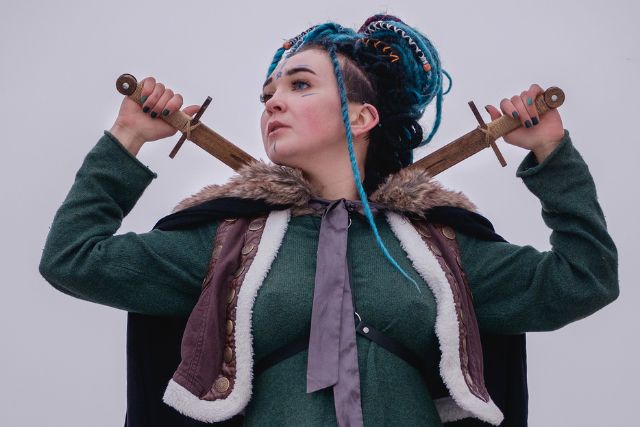

Conclusion
In tracing the thread of Viking hairstyles through history, we find more questions than answers. While the romantic image of a dreadlocked Viking may capture our imagination, the evidence remains elusive.
Yet, in exploring these ancient paths, we connect with the past in a way that enriches our understanding of human culture and expression.
Frequently Asked Questions
Still have questions? Discover answers to the most common ones.
Did All Vikings Wear the Same Hairstyles?
No, like any society, Vikings had a diversity of hairstyles, reflecting personal choice, social status, and cultural influences. The idea of a uniform Viking hairstyle is more myth than reality.
How Can We Be Sure About Viking Hairstyles?
Archaeological evidence, historical texts, and sagas provide clues, but the full picture of Viking hairstyles remains partially shrouded in mystery.
Ongoing research and discoveries continue to shed light on this aspect of Viking life.
Are There Any Direct References to Dreadlocks in Viking Literature?
While some sagas mention braided or knotted hair, direct references to dreadlocks in the way we understand them today are absent.
The interpretation of these descriptions is often up for debate among historians.

